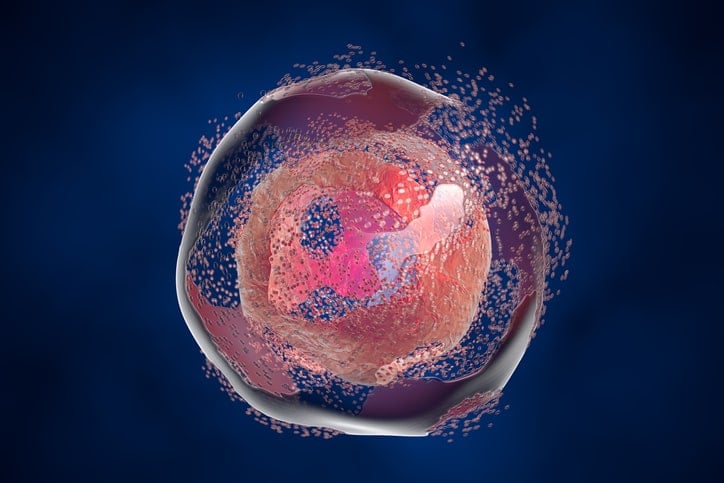Sonication of cells is an essential first step to any protein purification process. Sonication is used to break apart the cell membrane, which releases all proteins into solution. Once the intracellular and transmembrane proteins are free, they can be enriched by protein purification methods. One very useful method is biomagnetic protein purification. This process uses superparamagnetic beads to isolate specific target proteins. The superparamagnetic beads are coated with proteins that specifically bind to the proteins of interest, and a magnetic separation rack attracts the beads. The remaining cellular debris is washed away and replaced by a protein isolation buffer that keeps the proteins stable until further analysis can be performed.
Sonication is safe for proteins
Sonication is the process of applying ultrasonic sound waves to a solution. The energy from the sound waves causes cavitation of air bubbles in the liquid; the energy released from this bubble bursting hits the cell membranes, which causes them to break apart. There are different methods for doing this. One is using a probe sonicator, while another involves placing a sample tube into a sonicated water bath. More details can be found in our sonication cell lysis protocol post. Sonication is safe for proteins as long as the sample is kept as cold as possible. The sonication process inherently generates heat, which can cause protein denaturation. It is best to apply the ultrasonic waves in short bursts and to cool the sample on ice between sessions. If the proteins are kept cold enough during sonication, then the process won’t lead to denaturation and loss of higher order protein structure, and sonication will not destroy proteins. However, sonication should not be used as a cell lysis method in situations where isolation of nucleic acids is the goal because it will damage chromosomes.
Other methods to lyse cells
Another common method used to lyse cell membranes is to introduce chaotropic agents into the sample. Chaotropic agents interrupt hydrogen bonding networks, which also disrupts hydrophobic interactions in a self-assembling structure like a cell membrane. Ethanol has been shown to interfere with the hydrophobic associations of peptidoglycan forming the cell wall of bacteria, thus ethanol can lyse bacterial cell walls. High salt solutions are also chaotropic, and can achieve cell lysis. The drawback of this method is that chaotropic agents will also interfere with native protein structure by interrupting the hydrogen bonding and hydrophobic interactions of amino acid side chains. Therefore, sonication is a better choice when protein isolation is the goal. When isolating proteins from whole tissue, the best method is to use homogenization to break up frozen samples.
Related news





